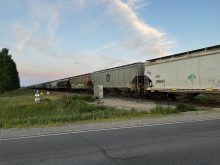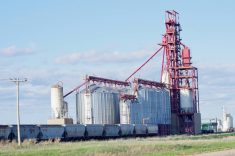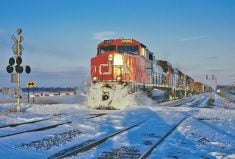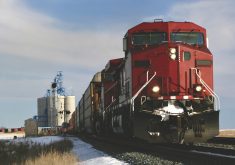Grain has once again started moving to the Port of Vancouver after last month’s flooding — but very slowly.
“For the next couple of months, I think it’s going to be a very light program out of Vancouver,” Quorum Corp. president Mark Hemmes said on Dec. 3. “They’ve got track back, but a lot of it is probably temporary. They’ll have to continue doing track work over the next couple of months to get things back up to something resembling normal.”
Read Also
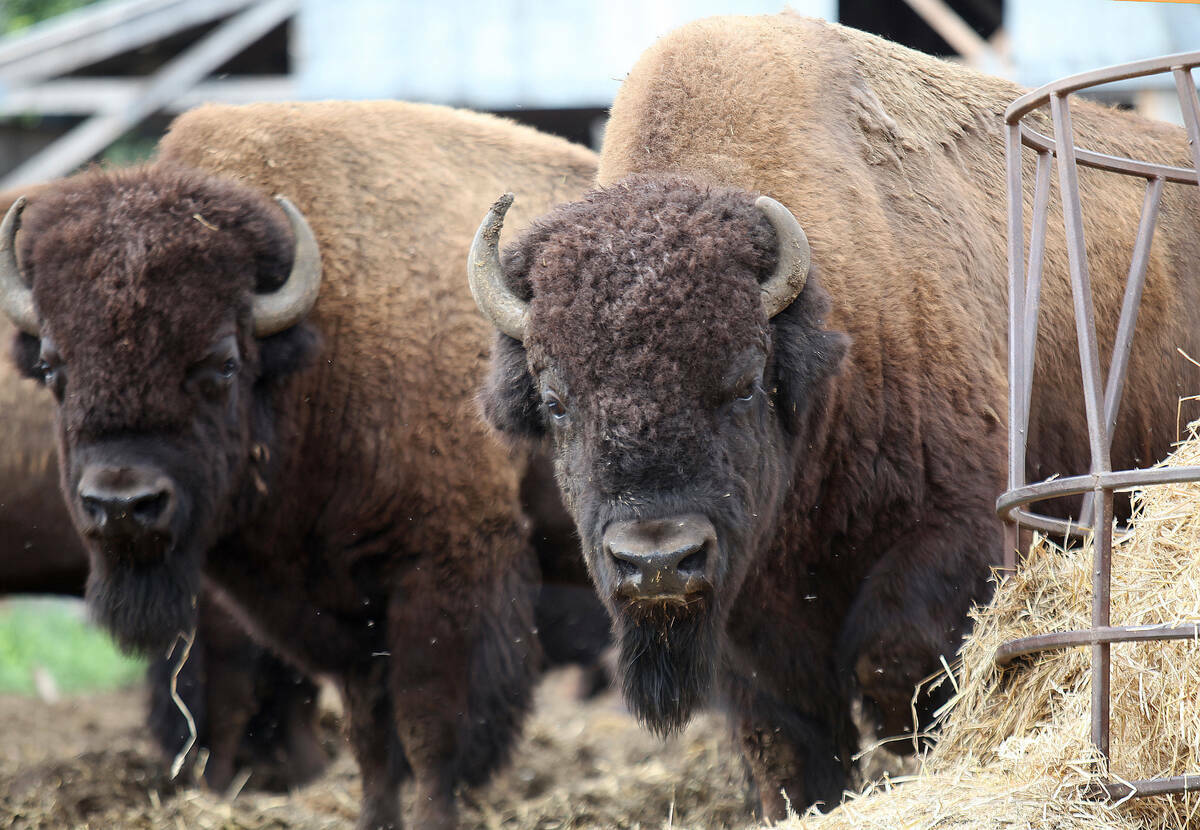
Bison prices remain high, but supply shrinks
Bison numbers are down amid increasing demand and record high market prices.
After slides and washouts closed both the CN and CP rail lines on Nov. 15, CP was able to reopen its line on Nov. 23. CN restored limited service on Nov. 27 before having to close it again on Nov. 28 after another rainstorm and then reopening again on Dec. 5.
Having both open is critical as the railways share their lines through the Fraser Canyon to create one-way routes.
“When we saw the CP line come back online first, trains were able to go east and west on that one line. But because the trains were alternating directions, the efficiency was fairly low,” said Geoff Backman, manager of business development and markets for Alberta Wheat and Barley.
“At this point, CN and CP will be able to dedicate each line to a single direction. One line will have westward traffic and the other will have eastward traffic. That’s going to be the next efficiency gain for rail going into Vancouver.”
Hemmes is hopeful, too.
“There will be a couple of months where things will be really, really slow in the movement of grain, and then come February, I’m sure things are going to pick right back up — knock on wood,” said Hemmes. “A lot of people have got used to events like this happening, and then a week or two later, everything is back to normal. But this time, there were multiple washouts and multiple slides, with both lines being cut off.
“But without any more catastrophes or weather events, I think we’ll be back to normal soon.”
Backlogs in Vancouver
Grain loading has slowed down at the Port of Vancouver.
“There isn’t a lot of grain left in Vancouver, and they’re basically hand to mouth with whatever the railways can bring in,” said Hemmes.
During the week when the slide occurred, 908 grain cars were unloaded in Vancouver, well below the three-year average for that time of year (which is 4,000 to 6,000 cars per week). This year’s smaller crop means the backlog isn’t as bad as it could be, but the system is still strained.
“Normally there would be a cycle of loads in and empties out,” said Hemmes. “Well, the loads were all there and all the cars got emptied out, but there was no way to get the empties back out of Vancouver. That’s going to slow things down for a few weeks.”
As of Dec. 3, there were 27 grain vessels in the Port of Vancouver — 20 at anchor and seven loading at berth — slightly above the average of 20 vessels waiting at a given time.
“So 27 is higher than normal, but it certainly isn’t something we need to get panicked about,” said Hemmes. “If you go back to when the blockades were on in February 2020, we had at one point 40-some-odd vessels in Vancouver waiting. We’re not there, so that’s a good thing.”
Demurrage is a concern, added Backman.
“Generally if the ships are in port for longer than 14 days, a fee starts to be applied every day that they’re late loading,” he said, although they’re sometimes waived for ‘special circumstances.’
“We’re not aware of how many of those are currently charging fees, but it is a concern because those fees are eventually passed on to farmers through lower grain prices.”
The container side of the grain business is in “tougher shape” as the port is so congested, it is not allowing empty containers to be filled, said Hemmes.
“They’re just evacuating the empty containers back into their origin ports, and as a result, anybody who is looking to ship grain in containers is having a very difficult time trying to get capacity. That’s really affected the special crops side.”
Some grain is moving through Prince Rupert, but there are limitations on both the rail capacity and the availability of grain there. The port has had lower volumes in recent years because of difficulties getting car allocations from CN, and while there is capacity in the terminal there, it has only one terminal compared to Vancouver’s seven.
“There are already some actions being taken to shift some of the shipments away from Vancouver and into Prince Rupert,” said Hemmes. “But it’s very limited as to the amount of traffic we can actually shift.”
Elevator capacity
The country elevator system isn’t full yet.
“In some areas, farmers were delivering up to two months ahead of schedule, so that suggests we may have been a bit ahead in the country coming into the slide,” said Backman. “At this point, we haven’t heard any concerns from farmers regarding the ability to deliver, but any delivery delays will depend on how long this outage lasts.”
However, deliveries generally slow down at the beginning of December.
“Couple that with the short crop we’re dealing with, there won’t be a lot of pain. In a couple of months, there will be plenty of time left in the crop year for recovery,” said Hemmes.
“The December and January movement is going to slow that down, and people will start to get worried. But because of the short crop and the fact that the railways will be back at it soon, we should finish up the crop year with a fairly small carry-forward stock.”
And even if producers are feeling anxious, they should also be “encouraged that getting rail movement back up and running is clearly a priority,” said Backman.
“Anything impacting the export of grains is a major concern for Canadian producers,” he said. “But we’ve seen both railways, as well as the provinces of B.C. and Alberta, throwing what they can at this to try and get the rail system back up again after this disaster.
“It sounds like everything that can be done is being done, and we’re eagerly anticipating a return to normal volumes.”
Hemmes agrees.
“I don’t normally prognosticate, but I’m not worried about this at this point in time. If we have any more events like this, then I’ll start to get concerned, but I don’t think there’s much to worry about right now.”




